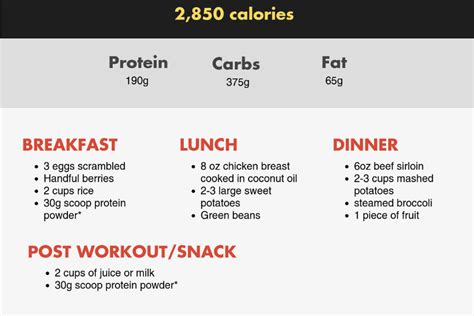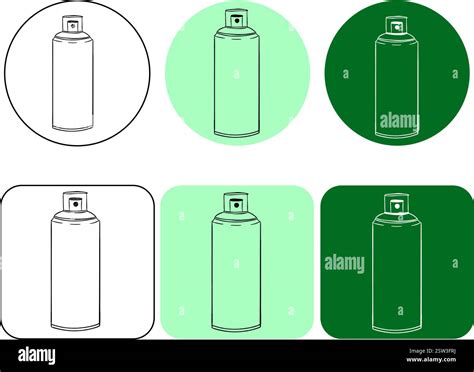How to optimize carb intake for peak energy without fat gain?

Carbohydrates are the body’s primary fuel source, essential for everything from daily tasks to intense workouts. Yet, they often get a bad rap for contributing to weight gain. The truth is, carbs aren’t inherently fattening; it’s how we choose, time, and portion them that makes all the difference. The goal is to harness their energy-boosting power without storing them as excess fat. This article will guide you through optimizing your carb intake for peak performance and a lean physique.
The Nuance of Carbohydrates: Quality Over Quantity
Not all carbohydrates are created equal. Understanding the distinction between different types is the first step toward optimization. Complex carbohydrates, found in whole grains, vegetables, and legumes, are rich in fiber and digest slowly, providing a steady, sustained release of energy. They help stabilize blood sugar levels, preventing the sharp spikes and crashes that can lead to fatigue and cravings.
On the other hand, simple carbohydrates, often found in refined sugars, white bread, and sugary drinks, are quickly digested. While they offer a rapid energy boost, this is usually followed by a significant drop in blood sugar, potentially leading to increased fat storage if not immediately used for energy.

Strategic Carb Timing: Fueling Performance and Recovery
When you eat your carbohydrates is almost as important as what you eat. Strategic timing can maximize energy utilization and minimize fat storage:
- Pre-Workout: Consuming complex carbs 1-3 hours before exercise provides a sustained energy supply for your workout. Options include oatmeal, whole-wheat toast, or a banana. For quick energy right before, a small amount of a faster-digesting carb might be beneficial.
- Post-Workout: Within 30-60 minutes after intense exercise, your muscles are most receptive to replenishing glycogen stores. A combination of fast-digesting carbs (like fruit or white rice) and protein is ideal to kickstart recovery and muscle repair, directing carbs to muscle tissue rather than fat stores.
- Throughout the Day: Distribute your remaining complex carbohydrate intake across your meals, prioritizing them earlier in the day and around periods of higher activity. Reduce carb intake significantly in your last meal if your activity level is low in the evening.

Mastering Portion Control and Individual Sensitivity
The optimal amount of carbohydrates varies significantly from person to person. Factors like your activity level, metabolic rate, body composition goals, and even genetics play a role. An endurance athlete will require far more carbs than someone with a sedentary lifestyle.
Begin by assessing your current activity level and adjusting portions accordingly. On active days, you’ll naturally need more carbs. On rest days, a lower carb intake might be appropriate. Learn to listen to your body’s signals of hunger, energy levels, and satiety. Experiment with different amounts and observe how your energy, weight, and performance respond. Some individuals also benefit from carb cycling, where carb intake varies on a daily or weekly basis to match energy demands and promote fat loss.

Understanding Glycemic Index and Load for Smarter Choices
The Glycemic Index (GI) and Glycemic Load (GL) are tools that can help you make informed carb choices. GI measures how quickly a carbohydrate-containing food raises blood sugar, while GL also considers the serving size. Foods with a high GI/GL cause a rapid surge in blood sugar, while low GI/GL foods lead to a slower, more stable rise.
To maintain stable energy and prevent fat storage, prioritize low to medium GI/GL foods for most of your carb intake. Examples include most vegetables, berries, apples, pears, oats, quinoa, and lentils. This helps prevent the insulin spikes that can signal your body to store fat.

Pairing Carbs for Enhanced Metabolism and Satiety
Carbohydrates are rarely eaten in isolation. Combining them with protein and healthy fats is a powerful strategy to optimize their impact. Protein and healthy fats slow down the digestion and absorption of carbohydrates, further stabilizing blood sugar levels. This not only provides a more sustained energy release but also increases satiety, helping you feel fuller for longer and reducing the likelihood of overeating.
Aim for balanced meals that include a source of complex carbohydrates, lean protein (chicken, fish, legumes), and healthy fats (avocado, nuts, olive oil). For example, rather than just having fruit, pair it with Greek yogurt or a handful of almonds. Instead of plain pasta, add grilled chicken and a generous serving of vegetables.

Putting it into Practice: Daily Carb Optimization Tips
- Prioritize Whole Foods: Focus on unprocessed, whole carbohydrate sources like fruits, vegetables, whole grains, and legumes.
- Match Intake to Activity: Adjust your carbohydrate portions based on your daily energy expenditure. More activity means more carbs, less activity means fewer.
- Time Your Carbs: Concentrate carb intake around your workouts – before for fuel, after for recovery.
- Combine Macronutrients: Always pair carbohydrates with protein and healthy fats to slow digestion and enhance satiety.
- Stay Hydrated: Water is crucial for metabolic processes, including carbohydrate metabolism.
- Listen to Your Body: Pay attention to your energy levels, hunger cues, and how different carb sources make you feel.
Conclusion
Optimizing your carbohydrate intake is a nuanced but achievable goal. By focusing on the quality, timing, and portion size of your carbs, and understanding how they interact with other macronutrients, you can effectively fuel your body for peak energy, enhance performance, and prevent unwanted fat gain. It’s about making smart, informed choices that align with your lifestyle and fitness aspirations.







